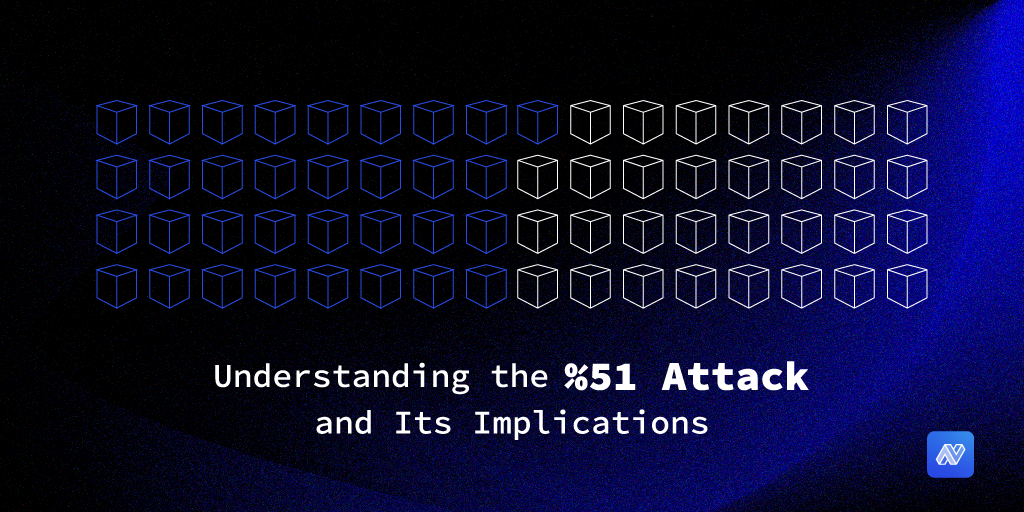
The world of cryptocurrency has rapidly grown and evolved in recent years. However, this rapid growth and popularity have brought along various security risks, one of which is the %51 attacks. At NitroEx, we aim to delve into one of the significant security threats in the cryptocurrency world, the %51 attacks, and discuss their related topics in this article.
What is a %51 Attack?
A %51 attack is a serious attack that threatens a cryptocurrency network's security. This attack occurs when an attacker gains control of more than half of the mining power in the network, thereby manipulating the consensus mechanism of the network. With this control, the attacker can engage in various malicious activities, such as double-spending or blocking transactions.
Related Topics of %51 Attacks
%51 attacks are widely discussed in the cryptocurrency world and are associated with various topics. One of these is mining centralization. The control of a significant portion of mining power in a cryptocurrency network by a few individuals or organizations can threaten the network’s security. Additionally, the diversity and resilience of consensus algorithms also play a crucial role in preventing %51 attacks.
An Example of a %51 Attack Case: Ethereum Classic
For instance, in 2019, the Ethereum Classic network experienced a %51 attack. The attackers had a majority of the mining power, posing a threat to the network’s security and engaging in various malicious activities. This attack deeply affected the Ethereum Classic community and developers, raising serious concerns about the network’s security.
Operation and Consequences of %51 Attacks
Question: How does a %51 attack work?
Answer: A %51 attack occurs when more than half of the mining power in a cryptocurrency network is controlled by an attacker. The attackers manipulate the consensus mechanism by controlling this majority, enabling them to engage in various malicious actions such as double-spending or blocking transactions.
Question: What are the consequences of a %51 attack?
Answer: A %51 attack can seriously jeopardize the security of the network. Attackers can undermine the network’s reliability by engaging in double-spending with the controlled mining power. Additionally, they can undermine the network’s reliability by conducting fraudulent transactions, leading to a loss of trust in the community. These attacks can devalue the cryptocurrency and cause significant concerns within the community.
The Cost of %51 Attacks
Question: While a %51 attack may be possible, why might it be incredibly costly to carry out?
Answer: Executing a %51 attack requires a significant amount of mining power, which often entails high costs in terms of electricity and hardware. Furthermore, renting or purchasing the mining power required for the attack can also be expensive. Moreover, the resources required to carry out the attack include potential income losses for the attacker. Therefore, in most cases, executing a %51 attack may incur costs that exceed potential gains, making it economically unfeasible for the attacker.
Conclusion
These types of attacks highlight the importance of security measures in the cryptocurrency world. At NitroEx, we believe various measures must be taken to prevent such attacks. These include developing consensus algorithms, preventing mining centralization, and community efforts focused on network security. The cryptocurrency world is an ever-evolving ecosystem. Thus, constant efforts are needed to address threats like %51 attacks through innovative solutions.
